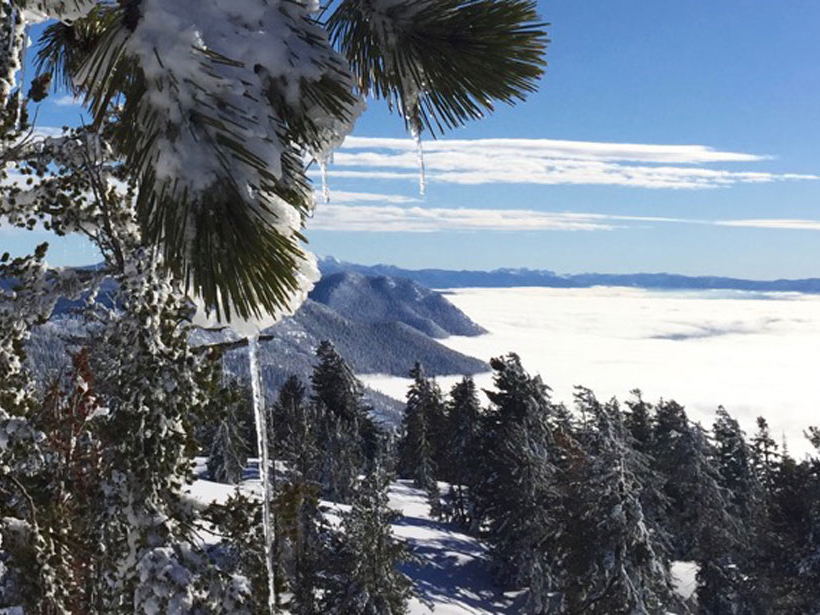Source: Journal of Geophysical Research: Atmospheres
Accurately predicting the intensity of extreme precipitation events in a changing climate is crucial for minimizing the impacts of floods, landslides, and other precipitation-induced hazards. Yet, despite the potential for melting and accumulating snow to modify the intensity of precipitation in mountainous regions, most statistics used for resource planning and infrastructure design are based solely on rainfall.
To clarify how snow affects the intensity of runoff in the western United States, Harpold and Kohler used a widely accepted statistical method for assessing the sensitivity of flooding to climate based upon historical daily precipitation and snow water equivalent measurements collected from 379 mountain sites across the western United States. However, their method accounts for two potentially contrasting effects of regional warming not previously shown: more intense precipitation events and slower snowmelt due to spring melt shifting to earlier in the season, when less solar energy is available.
The results indicate that the cause of the maximum water input intensity entering these drainage basins is driven by both snowmelt and precipitation (snow or rain) that occurs while snow covers the ground, rather than by rainfall during the snow-free season. The team found that lower rates of snowmelt have the greatest potential to alter the intensity of water inputs in continental ranges such as the southern and central Rocky Mountains, whereas the western maritime ranges exhibit greater sensitivity to shifts in precipitation from snow to rain. These observed regional patterns, however, are not always evident in standard statistical estimates of mountain precipitation.
This novel approach, which acknowledges the need to distinguish between rainfall and snowfall, represents an important step forward in our understanding of how the hydrologic cycle in mountainous regions may evolve with changing climate. In addition to societally important engineering applications, the results also have implications for other researchers who work in snow-dominated regions. (Journal Geophysical Research: Atmospheres, https://doi.org/10.1002/2017JD027704, 2017)
—Terri Cook, Freelance Writer
Citation:
Cook, T. (2018), How does snow affect the intensity of mountain precipitation?, Eos, 99, https://doi.org/10.1029/2018EO090633. Published on 24 January 2018.
Text © 2018. The authors. CC BY-NC-ND 3.0
Except where otherwise noted, images are subject to copyright. Any reuse without express permission from the copyright owner is prohibited.

